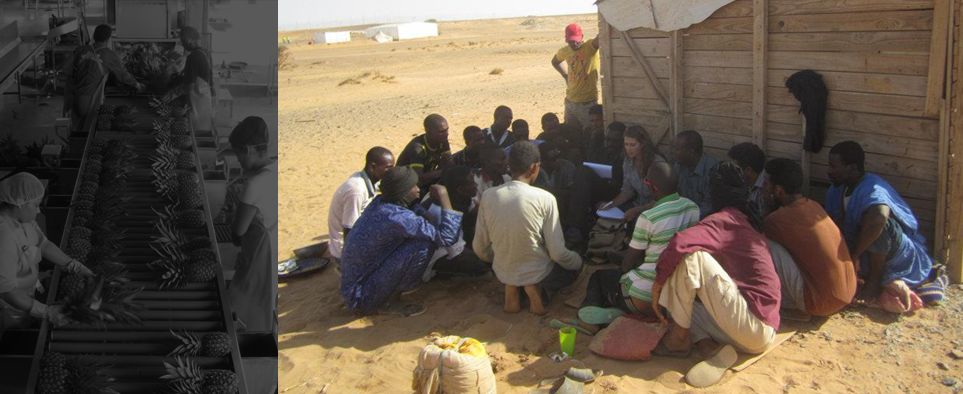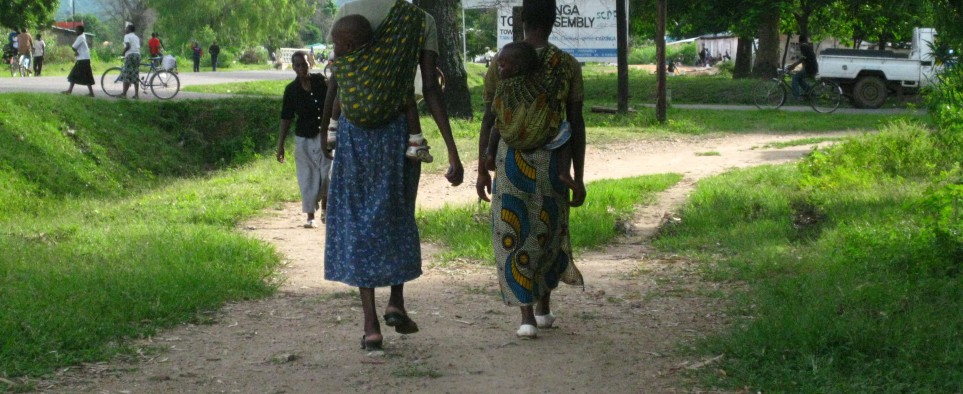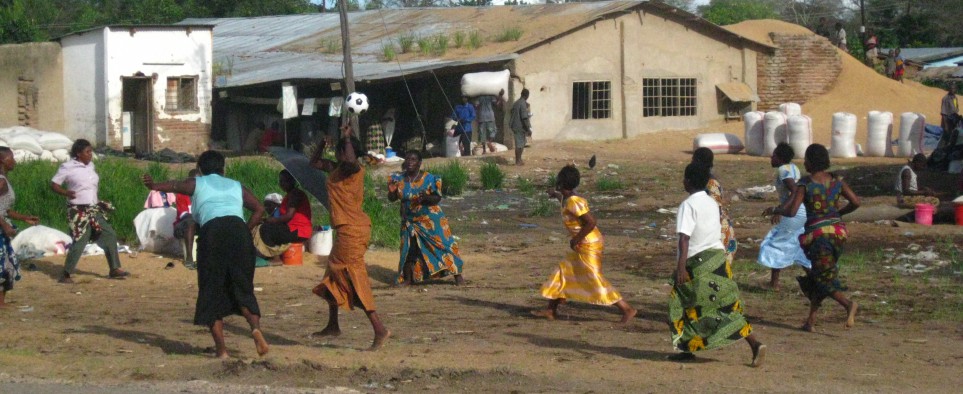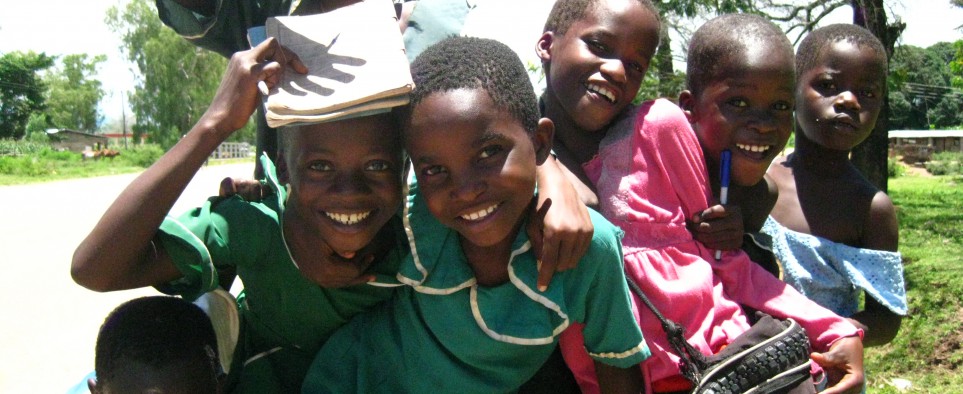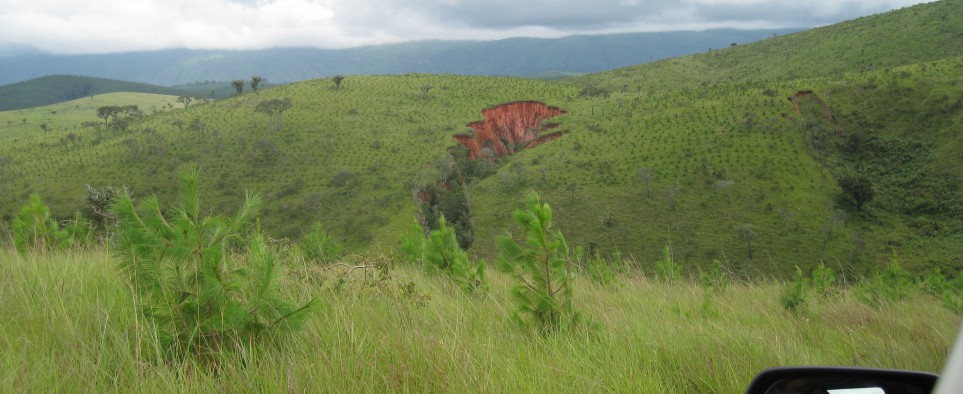(Some Tanzanian businessmen were asking me about the state of development in other African countries I’ve visited. I mentioned Ghana and Sierra Leone and Malawi, and they asked, “And Tanzania is the worst?”). No, in fact, Tanzania is not the worst. But it’s complicated.
I spent yesterday on plantation grounds. Green Resources (GR), a Norwegian company, has been growing Pine, Eucalyptus and Carbon Credits here since 1997, 2 days after the Kyoto Protocol was written and years before the EU actually ratified it (2002). This is a remarkably prescient way to make money for nothing. Staunch environmentalists are irritated that a logging plan involving planting foreign species in the Savannah has become a “eco-friendly” project. That said, it’s afforestation and timber production in a country that needs wood. And frankly, it’s forests, capturing CO2, even if doing so profitably for Norwegians.
I’ve been here for a couple of days now, and I caught myself thinking that southern Tanzania was in “good shape.” In fact, I’m in one of Tanzania’s poorest regions. Partly, I’m astoundingly isolated out here on a tree farm in Sao Hill, surrounded by college-educated business people who speak English and travel to Europe. Partly, though, it’s just the mind-boggling contrast between infrastructure here versus in northern Malawi.
Tanzanian schools lament that windows can’t be opened because they’ll fall out if you pivot them – North Malawian schools don’t have windows because most are made of mud and thatch. Tanzanian schools request jerseys for football clubs – North Malawian schools don’t need jerseys because there is absolutely no way a team could travel on those roads to have matches.
But “development” comes in different forms, I guess. Aid workers poured into Malawi in 1995 when Banda lost power, pushing to identify human rights and pinpoint cultural iniquities. I’m under the impression that the arrival of “aid” to Tanzania was very economically oriented. Tanzania had an interesting socialism experiment in the 1980s, and (as I’ve heard it described) when it went bust there was a sharp turn towards the free market. One local nonprofit director used the term “free market” to refer to a man’s right to have as many wives as he could afford to marry at the moment.
Tanzanian schools have more windows and doors, but Malawian men have more forward-thinking answers to questions about polygamy (even if they don’t necessarily abide by them). Polygamy in this region is still strong, and the tradition of bequeathing your widow to your brother is predominant among 85% of the Iringa District population.
Iringa district has 16% HIV rates. That’s one in six people. Men perish at higher rates than women because they don’t come in for testing until they’re already showing symptoms… when it’s often already too late. Their widows have government support in the form of small business initiatives. This took the form of a pigsty for women to tend in one town I visited. I wonder if this is what they’d like to be doing. There are thousands of orphans. The district development officer tells me that as the population grows (migrant workers as much as procreation, he says), so do local demands, but only ¼ of projects can be completed yearly. They pile up.
I don’t know any of this firsthand, though, because I’m being intensely babysat by the very kind and well-meaning staff of Green Resources. Drivers insist on taking me everywhere. The community relations guy walks me to the market and walks me to lunch and sits in on my every meeting. There are few interview experiences as aggravating as trying to ask a 20-year-old single-mother laborer about whether her wages cover the costs of her child when 4 suited execs are standing behind you (that disaster was averted after one false start, thankfully)

